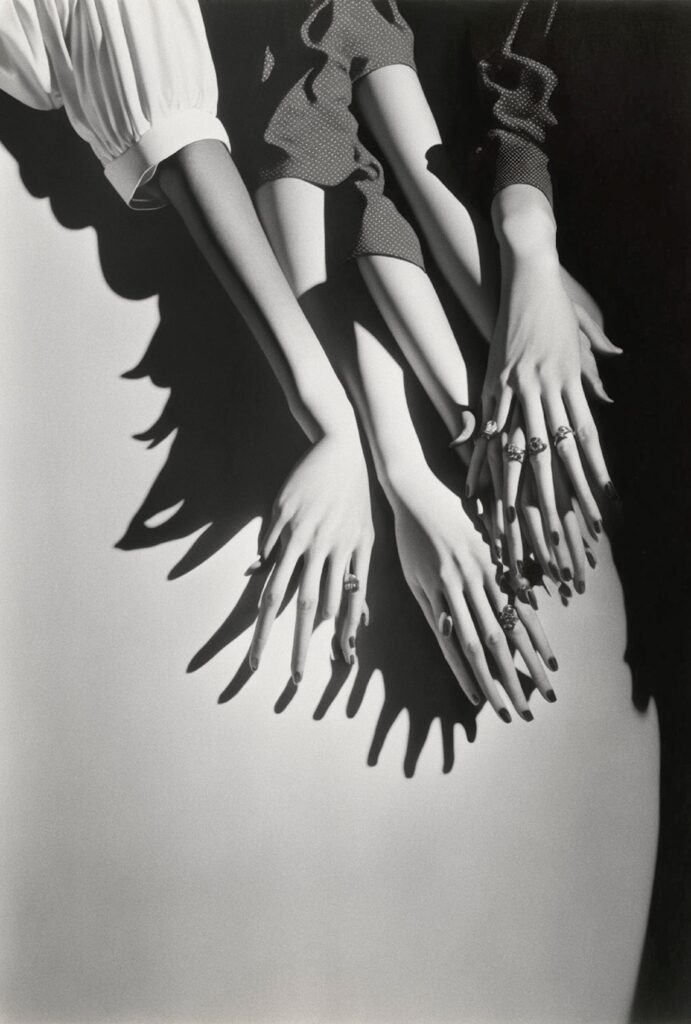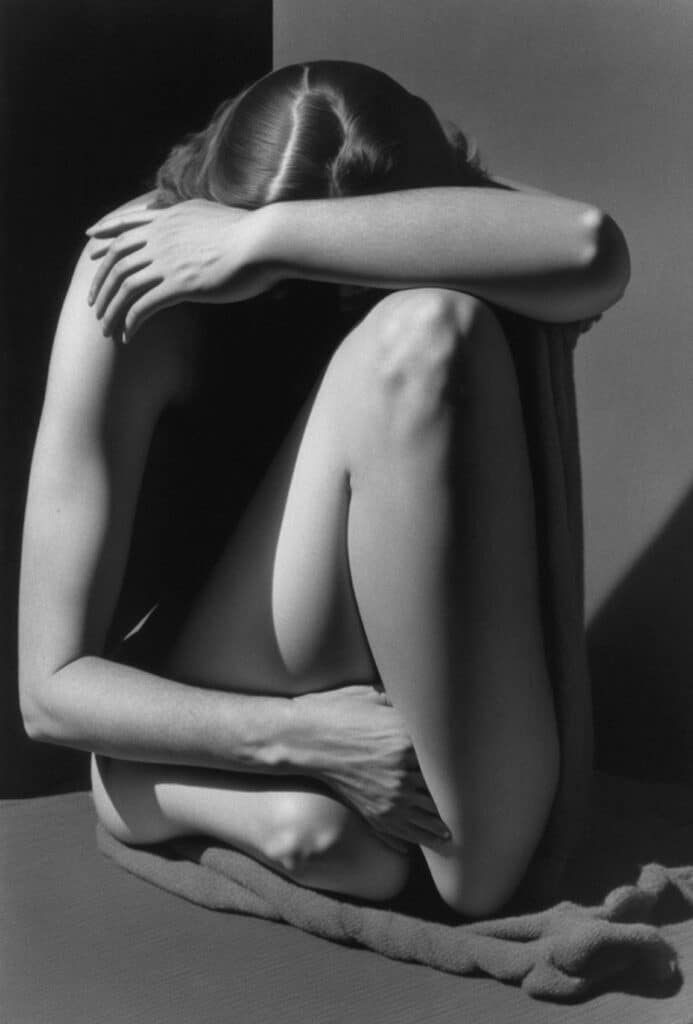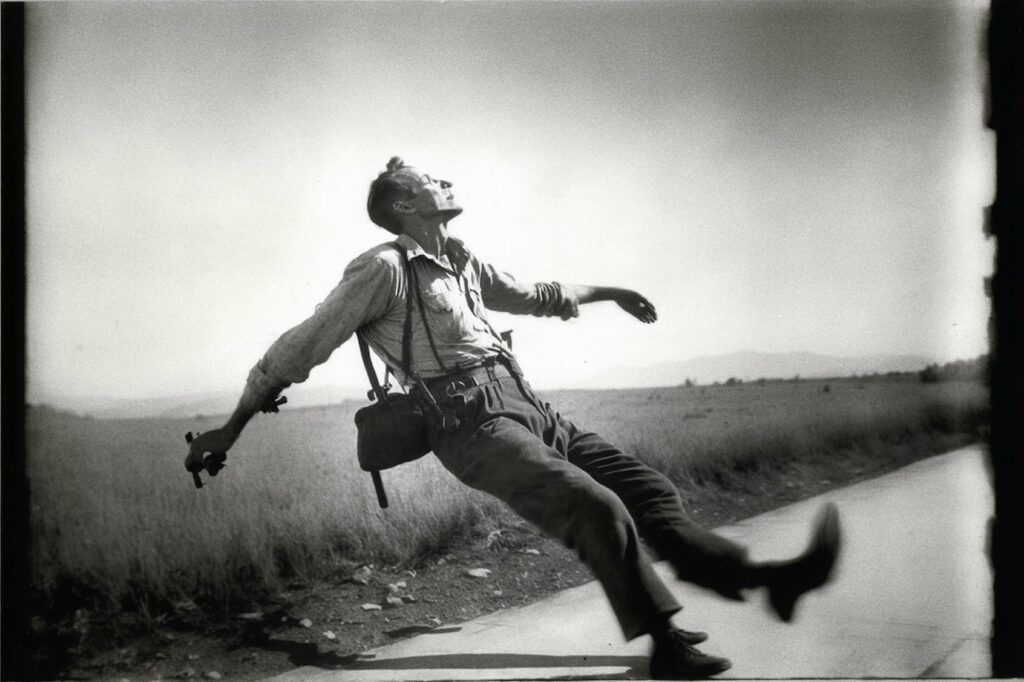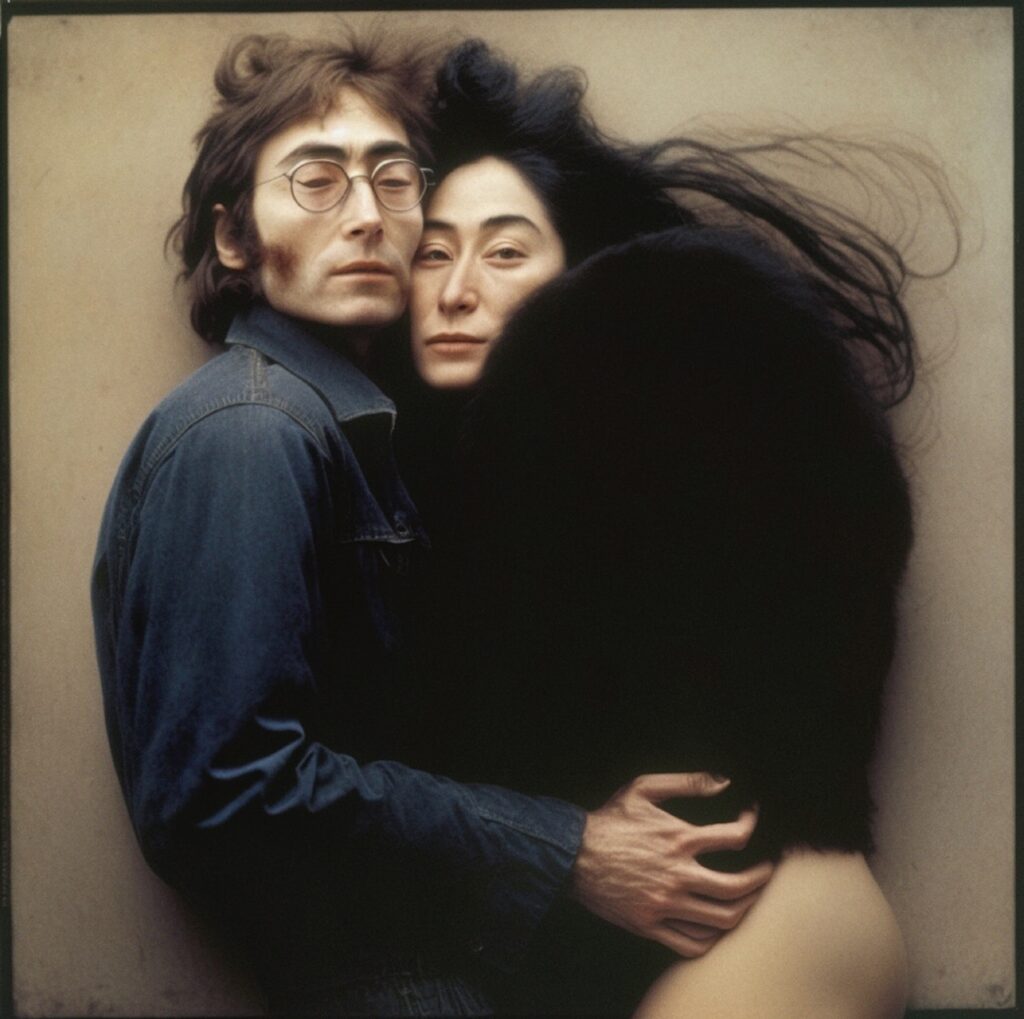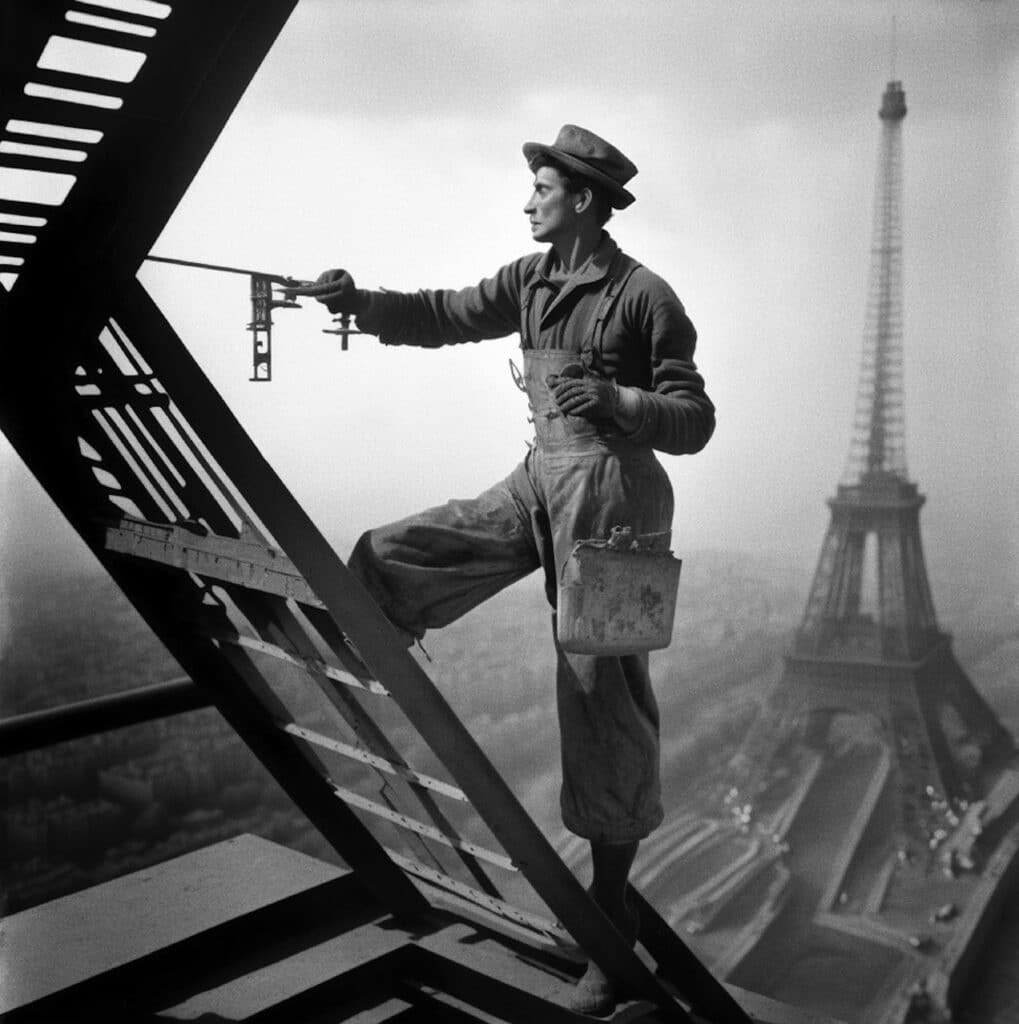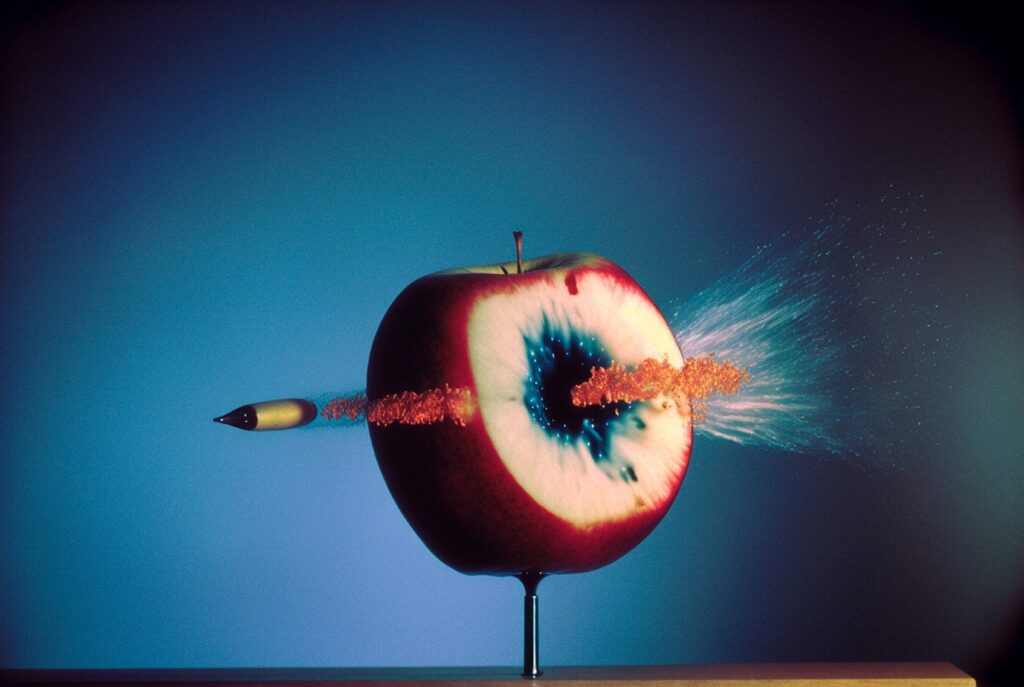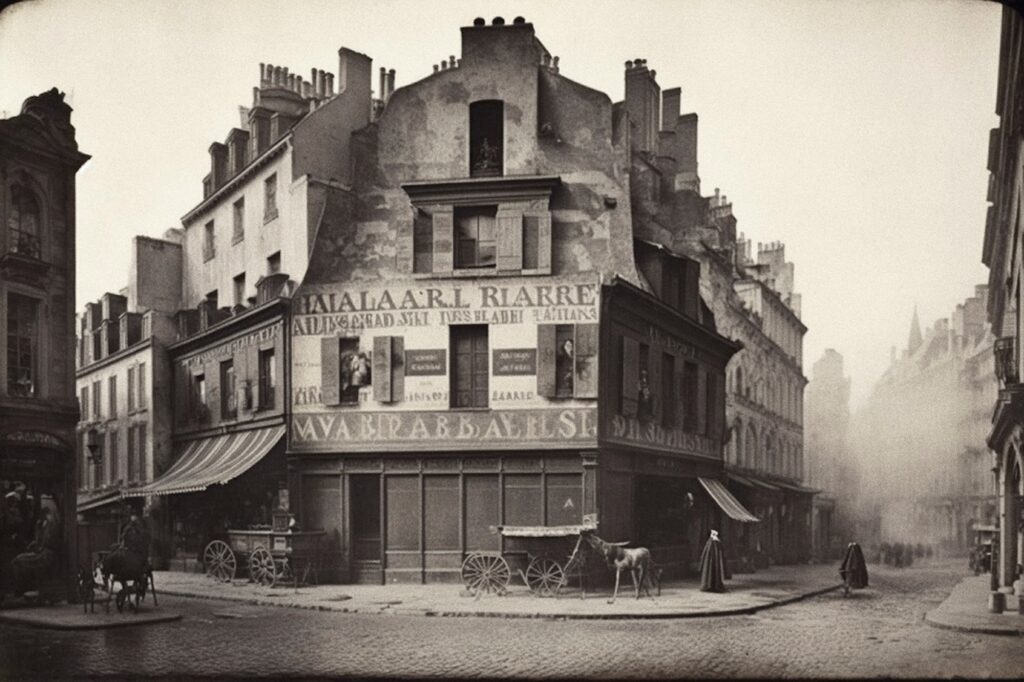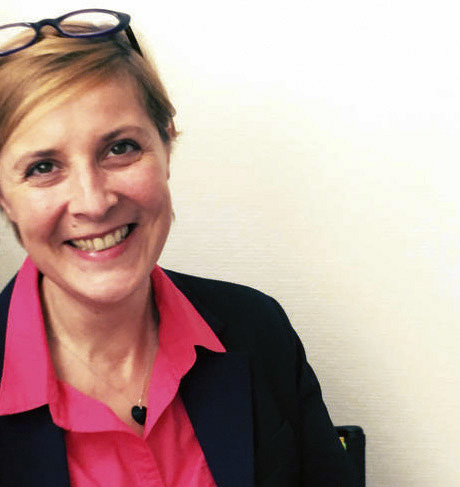Brodbeck & de Barbuat’s 2021 work, The 1000 Lives of Isis, commissioned by the Centre National des Arts Plastiques and the Jeu de Paume, and supported by the French Ministry of Culture, featured a digitally synthesized image of Isis. The series portrayed a young woman with a strikingly lifelike appearance. In their latest project, the duo continue to “explore new ways of practicing photography and how new technologies become embedded in the medium’s history.”
They note that, since its inception, photography has flirted with reality, yet it offers only a representation of the real. The early, nineteenth-century staged compositions are a case in point: for example Julia Margaret Cameron’s allegories, currently on view at the Jeu de Paume (until January 28, 2024), or the images manipulated by various twentieth-century dictatorships to expunge disgraced figures. The advent of editing tools in the 2000s facilitated these practices, making them commonplace.
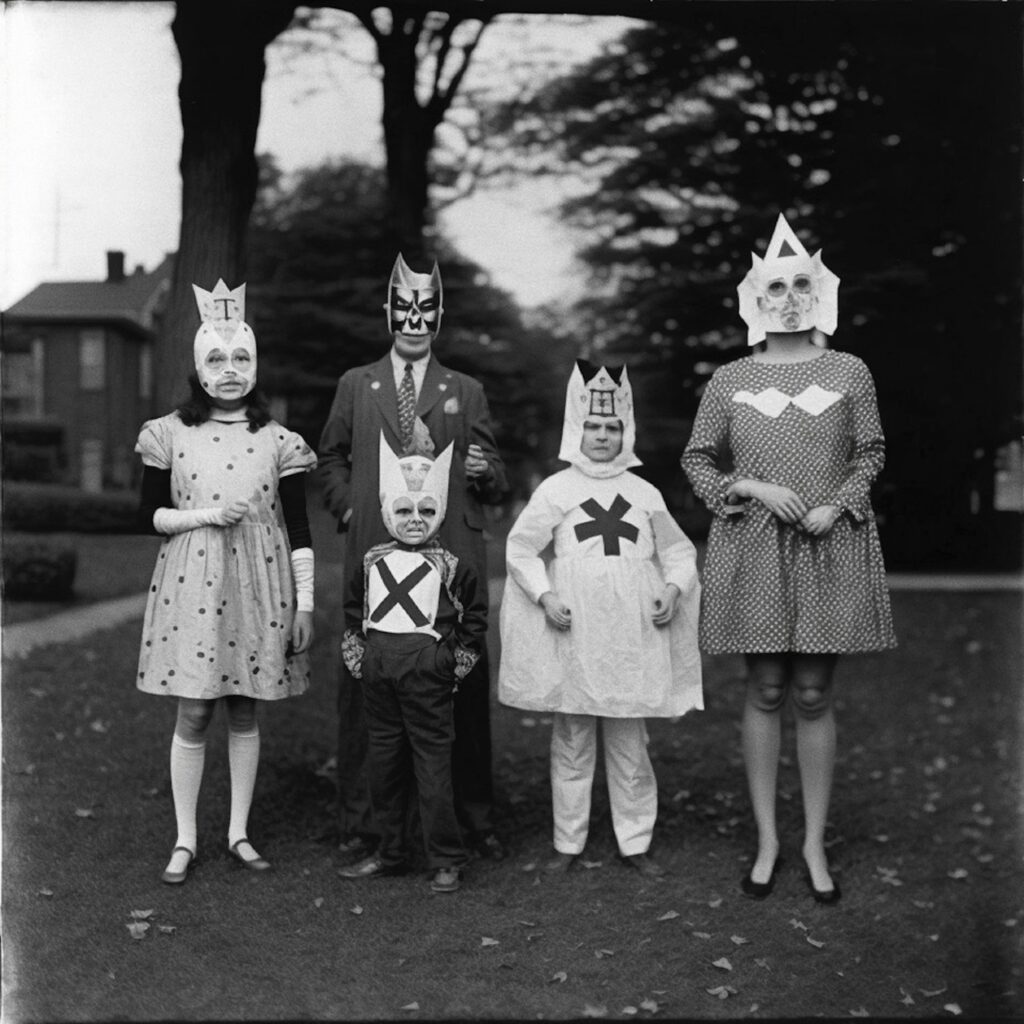
Brodbeck & de Barbuat’s 2022 series, launched before the widespread adoption of user-friendly AI applications, pursues a distinct goal. Subtitled Study in Artificial Intelligence and the Mechanisms of Memory, the series reflects a concerted effort “to engage in a dialogue with the machine,” as the duo sought to comprehend how AI interprets and responds to specific prompts.
The AI-generated outcomes are the product of an extensive database of images: “Initially, we wanted to test these tools’ capabilities, discovering that they could recreate nineteenth-century images using only a date and the specific technique, without referencing the original photographer.”
The clever idea was to choose iconic images embedded in collective memory. These serve as benchmarks for evaluating the results: “We went into the details, describing the scene in the image, sometimes specifying the date of creation so that the result is consistent with the original. For example, for Robert Capa’s Falling Soldier, if you don’t specify the date, you get a Vietnam War GI.”
The strength of the series lies in the editing, an essential, fundamental step in any photographer’s craft. “We chose to preserve the errors and accidents as they are quite telling.” Take for instance Helmut Newton’s photograph of a woman diving into a pool. “Since nudity is taboo for AI, we are offered a clothed version, elongated like a model, but whose body is no longer human.”
Some recreations are remarkably realistic, like the rendition of John Lennon and Yoko Ono based on Annie Leibovitz’s work, albeit with the machine “clothing” the singer and partially undressing his companion. In Marc Riboud’s The Eiffel Tower Painter, the monument is anomalously duplicated. As for the body of Charis in Edward Weston’s iconic nude, it is recreated with imperfections yet retains a superficial likeness.
Beyond the anecdotal bugs, what is interesting is how these images challenge us as humans. Looking at these avatars, we can sometimes spot the defects immediately, as with the unnaturally smooth face of Dorothea Lange’s Migrant Mother, and other times only upon closer inspection. This forces us to acknowledge our own cognitive shortcomings. Although we believe we know these iconic images well, our recollection often proves to be inaccurate. “How can our memory be so imprecise, yet so trusted?” ponder the artists. This series thus offers a disquieting experience, confronting us not just with the limitations of AI, but also with our own perceptual frailties.
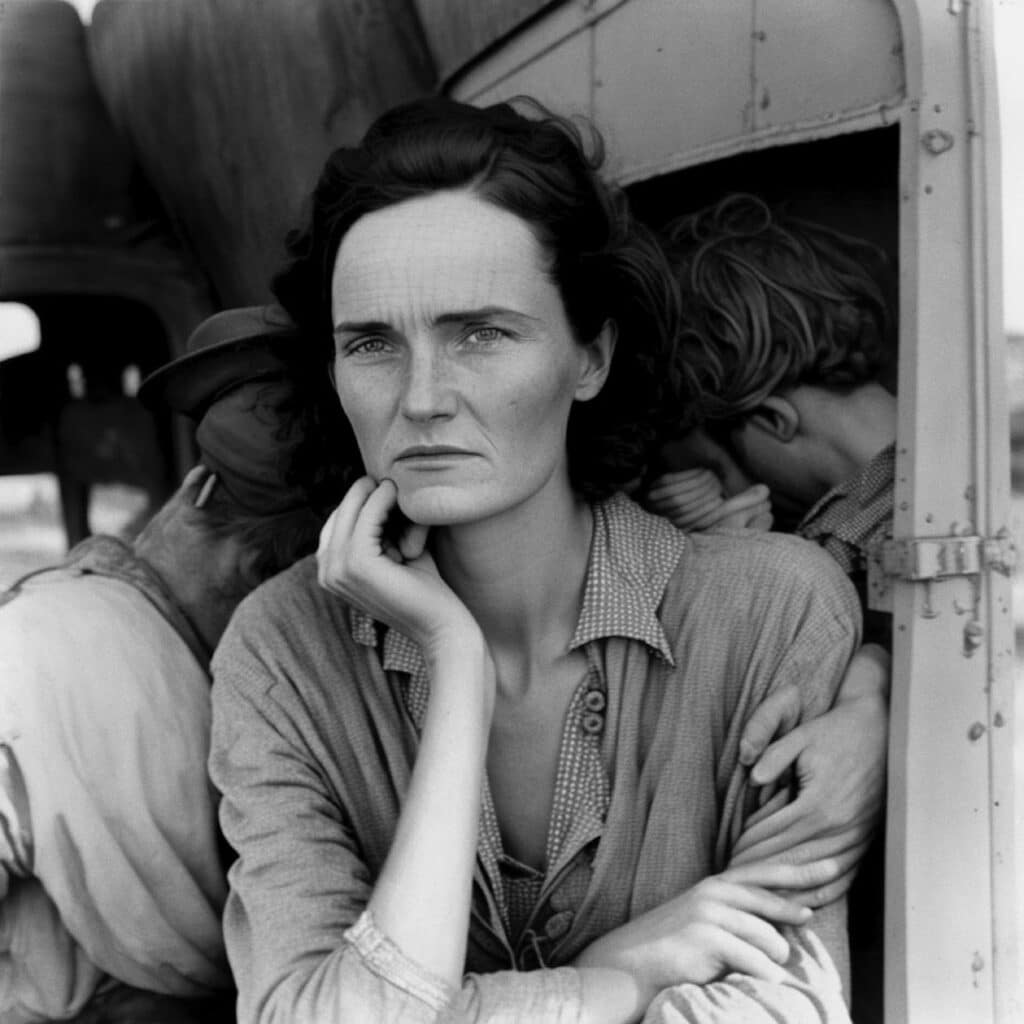
Brodbeck & de Barbuat, Une histoire parallèle: Étude sur l’intelligence artificielle et les mécanismes du souvenir. Galerie Papillon, 13, rue Chapon, 75003 Paris. Until janvier 13, 2024.

